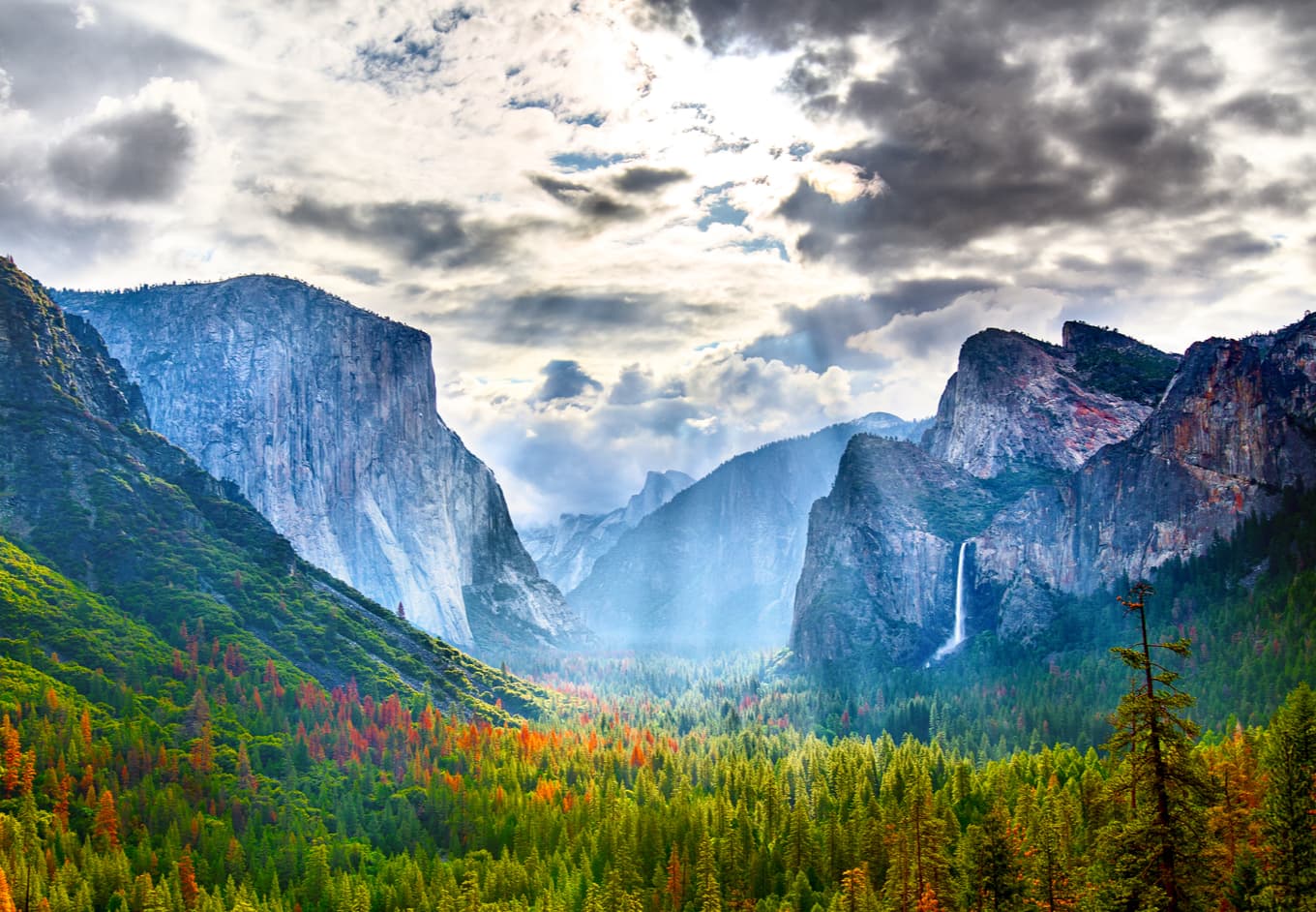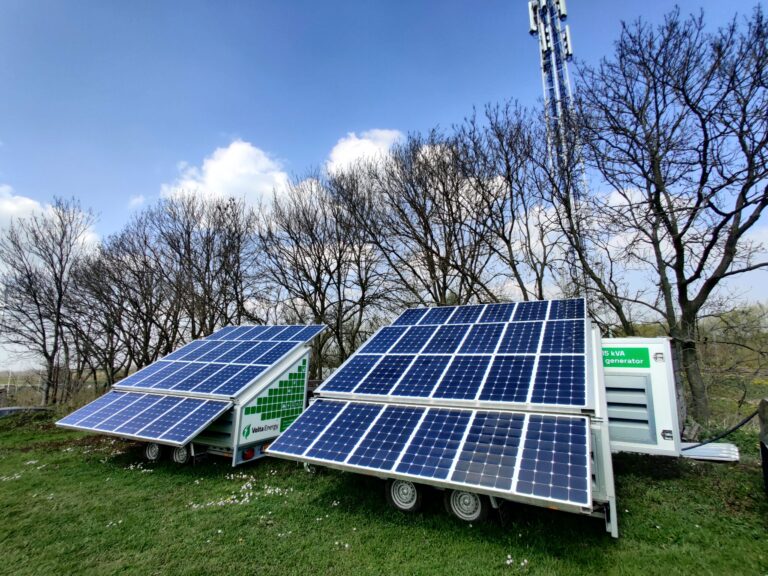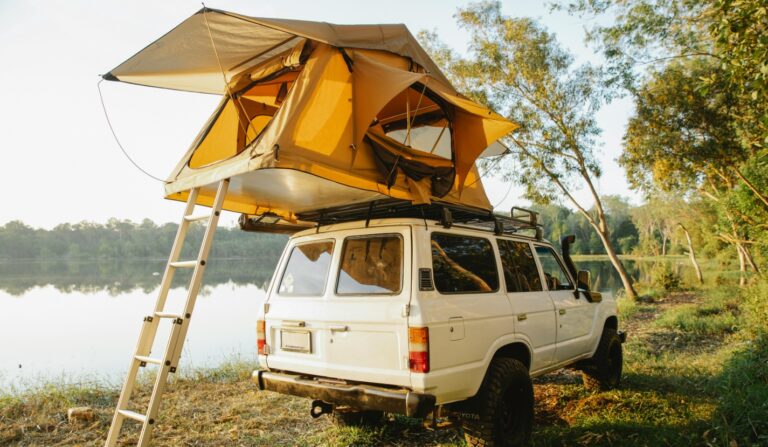
The question echoes across campfire conversations and visitor center information desks from Yellowstone National Park to the humid swamps of the Everglades. How many national parks are there in the United States? The answer reveals a complex system of protected land that showcases America’s commitment to preserving natural wonders for future generations.
The United States currently protects 63 official national parks. These crown jewels of conservation span diverse ecosystems from the granite cliffs of Yosemite National Park in California to the ancient Appalachian ridges of Great Smoky Mountains National Park along the North Carolina and Tennessee border. Each represents congressional recognition of landscapes so extraordinary they deserve the highest level of federal protection.
Understanding the National Park System Framework
The National Park Service manages far more than just the 63 sites bearing the “national park” designation. The entire system encompasses 433 units spread across more than 85 million acres. These protected areas include national monuments, national battlefields, national seashores, and other classifications that preserve America’s natural and cultural heritage.
This distinction matters for wilderness enthusiasts planning epic adventures. While Zion National Park in Utah captivates millions with its towering sandstone cliffs, nearby Cedar Breaks National Monument offers similar geological wonders with fewer crowds. Understanding the full scope of protected land opens doors to countless exploration opportunities.
The Bureau of Land Management also protects millions of additional acres, though under different management philosophies that often permit multiple uses including grazing and mineral extraction. National parks, by contrast, prioritize preservation above all other activities.
Geographic Distribution Across the United States
A national parks map reveals fascinating patterns in how these treasures spread across the land. California leads all states with nine national parks, including iconic destinations like Sequoia National Park with its giant trees and Death Valley’s otherworldly landscapes. Alaska follows with eight parks, though distance and climate make many accessible only to the most determined adventurers.
Thirty states plus two territories (American Samoa and U.S. Virgin Islands) host national parks within their borders. This means twenty states lack national parks entirely, though many contain other types of protected federal land. The concentration of parks in western states reflects both geological diversity and the timing of preservation efforts during westward expansion.
Size variations astound even experienced outdoor enthusiasts. Wrangell-St. Elias National Park in Alaska encompasses over 13 million acres—larger than many entire states. Gateway Arch National Park in Missouri covers just 91 acres, focusing preservation efforts on a single iconic monument.
The Evolution of Park Designations
Yellowstone National Park earned recognition as the world’s first national park when President Ulysses S. Grant signed legislation in 1872. This revolutionary concept of preserving wilderness for public enjoyment rather than private exploitation inspired similar efforts worldwide.
The newest addition to the family, New River Gorge National Park in West Virginia, achieved national park status in December 2020. Previously managed as a National River, this redesignation reflects growing recognition that eastern landscapes deserve the same protection as western wonders.
Congressional designation remains the only pathway to national park status. Sites must demonstrate national significance, geological or ecological importance, and suitable size for proper management. This rigorous process ensures that the “national park” title retains its prestige among protected land classifications.
Park Rangers work tirelessly to implement management plans that balance public access with resource protection. Their expertise guides millions of visitors toward sustainable outdoor recreation practices that preserve delicate ecosystems.
Visitor Statistics and Popular Destinations
Recent National Park Service data reveals record-breaking visitation across the system. Great Smoky Mountains National Park consistently ranks as the most visited, welcoming over 12 million people annually. Its location along the densely populated eastern seaboard, combined with free admission, contributes to these impressive numbers.
Western parks like Grand Canyon, Zion, and Glacier National Park each host millions of visitors despite more remote locations. This concentration creates both opportunities and challenges for wilderness preservation. Peak season crowding can strain fragile ecosystems while generating revenue essential for conservation programs.
Remote Alaskan parks like Gates of the Arctic see fewer than 12,000 visitors annually. These pristine wilderness areas offer unparalleled solitude for adventurers willing to invest in specialized equipment and challenging logistics.
Summer months concentrate visitation as families take advantage of school vacations and optimal weather conditions. Shoulder seasons provide alternatives for conscious travelers seeking crowd-free experiences while supporting local economies during typically slower periods.
Conservation Success Stories and Challenges
National parks represent conservation achievements that seemed impossible during their creation. Yellowstone’s thermal features faced threats from commercial development before protection. Everglades National Park in Florida preserves critical wetland ecosystems that support countless species.
Climate change poses unprecedented challenges for park ecosystems. Glacier National Park has lost most of its namesake glaciers due to warming temperatures. Rising sea levels threaten coastal parks while shifting precipitation patterns alter desert environments.
Park managers adapt through science-based strategies that may include relocating vulnerable species, restoring degraded habitats, and modifying visitor access during sensitive periods. These efforts require sustained public support and adequate funding to succeed.
Wildlife corridors connecting parks with surrounding public lands become increasingly important as development fragments natural habitats. Elk, bears, and wolves require vast territories that extend far beyond park boundaries.
Planning Your National Park Adventures
The diversity of America’s 63 national parks means outdoor enthusiasts can find suitable destinations regardless of interests, physical abilities, or time constraints. Desert lovers gravitate toward parks in Utah and Arizona while mountain enthusiasts explore Colorado and Montana destinations.
Each park offers unique opportunities for sustainable outdoor recreation. Backcountry camping in places like Grand Canyon or Yosemite provides immersive wilderness experiences. Day hiking in parks like Acadia or Rocky Mountain accommodates families with varying fitness levels.
Advanced reservations now required at many popular parks help manage visitation while ensuring access for committed visitors. These systems also encourage exploration of less crowded alternatives that often provide equally rewarding experiences.
Seasonal variations dramatically affect park accessibility and experience quality. Research optimal timing for specific activities like wildflower viewing, wildlife observation, or weather-dependent scenic drives.
The Role of Technology and Education
Modern national parks map applications and online resources help visitors plan responsible trips that minimize environmental impact. Real-time updates on weather, trail conditions, and wildlife activity enhance both safety and conservation outcomes.
Educational programs led by Park Rangers connect visitors with natural and cultural stories that inspire deeper environmental stewardship. Junior Ranger programs engage young people in hands-on conservation activities.
Citizen science initiatives allow visitors to contribute meaningful data about wildlife populations, plant phenology, and environmental changes. These programs transform recreational visits into valuable conservation actions.
Digital tools also help distribute visitation more evenly across the park system by highlighting lesser-known destinations that offer spectacular experiences without overcrowding.
Economic Impact and Community Benefits
National parks generate billions in economic activity for gateway communities throughout the United States. Local businesses depend on park visitation for significant portions of their annual revenue. This economic relationship creates powerful incentives for continued conservation support.
Employment opportunities in parks and surrounding areas attract workers committed to environmental stewardship. From Park Rangers to interpretive guides, these careers combine passion for nature with meaningful public service.
Tourism revenue helps justify continued federal investment in park infrastructure and programs. Well-maintained trails, visitor centers, and interpretive programs enhance visitor experiences while supporting conservation goals.
International visitors contribute substantially to park economies while carrying conservation messages back to their home countries. This global reach multiplies the influence of American conservation efforts.
Future Opportunities and Expansion
Ongoing efforts to identify potential new national parks focus on underrepresented ecosystems and cultural landscapes. Proposals under consideration would add prairie grasslands, eastern forests, and urban wilderness areas to the system.
Expanding access for underserved communities remains a priority through transportation assistance, multilingual programs, and partnerships with urban organizations. Every American deserves opportunities to experience these national treasures.
Climate adaptation strategies may require difficult decisions about which landscapes and species receive priority protection as environmental conditions change. Scientific research guides these choices while acknowledging inevitable trade-offs.
International cooperation on conservation issues helps protect migratory species and ecosystem processes that cross political boundaries. American national parks serve as models for conservation efforts worldwide.
Your Role in America’s Conservation Legacy
Understanding how many national parks exist in the United States—63 magnificent destinations plus hundreds of other protected sites—provides the foundation for a lifetime of exploration and advocacy. Each visit supports conservation while building personal connections with America’s natural heritage.
Responsible outdoor recreation practices ensure these landscapes remain pristine for future generations. Follow Leave No Trace principles, respect wildlife, and support local communities that depend on sustainable tourism.
Political advocacy protects parks from budget cuts and development pressures that threaten their integrity. Contact elected representatives to express support for adequate park funding and expansion of protection to threatened landscapes.
Share conservation messages through social media, conversations, and volunteer activities that inspire others to value natural preservation. Personal storytelling about transformative park experiences motivates broader environmental stewardship.
The 63 national parks scattered across the United States represent humanity’s finest expression of environmental responsibility. They preserve geological wonders, protect endangered species, and provide spaces for spiritual renewal that our increasingly urbanized society desperately needs. Whether exploring the slot canyons of Zion or watching sunrise from Cadillac Mountain in Acadia, each park visit reinforces our connection to the natural world and responsibility to protect it.






